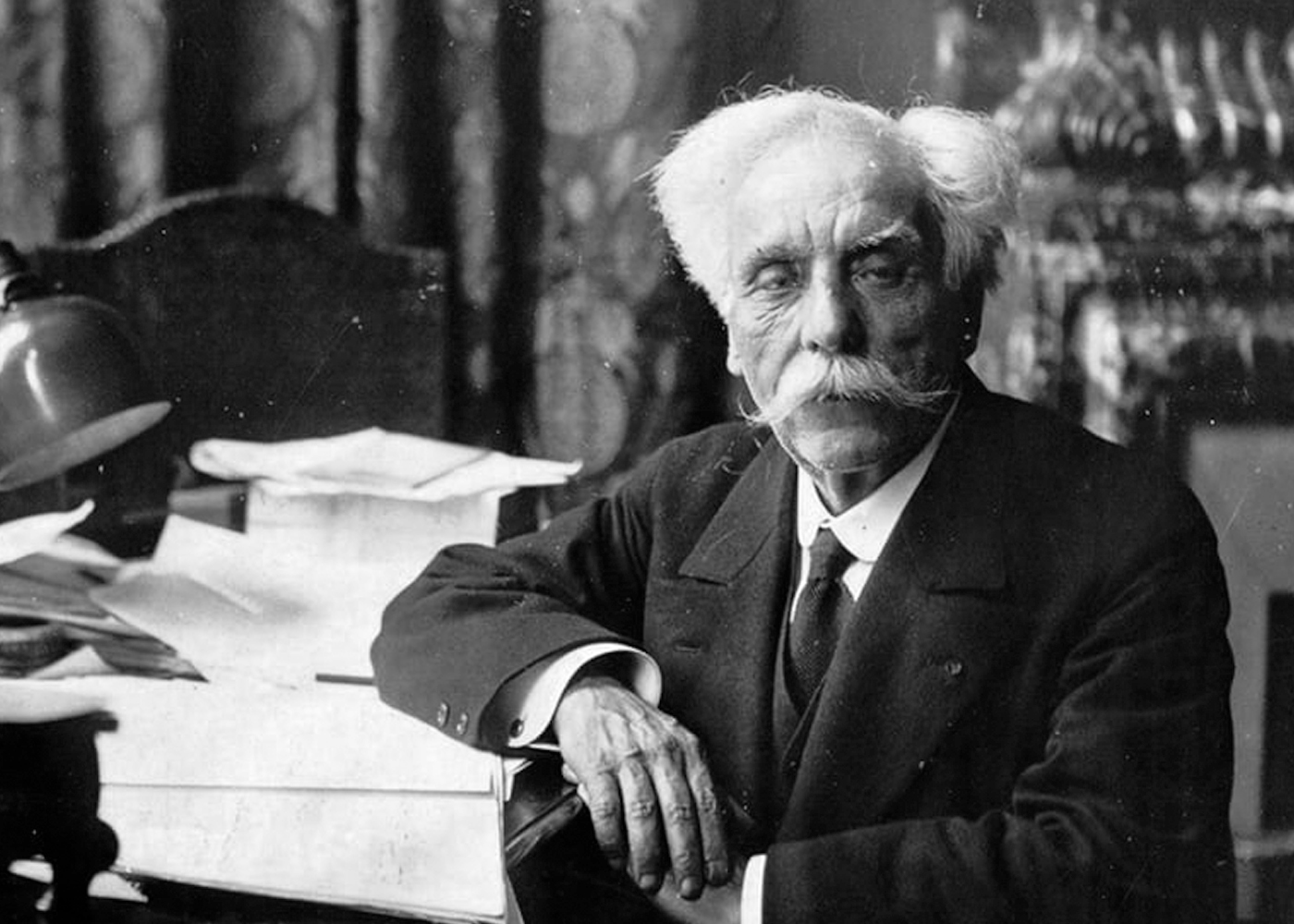
Gabriel Fauré: the master of elegance and emotion
Gabriel Fauré (1845–1924) stands as one of the most influential French composers of the late Romantic and early modern periods, knownfor his ability to blend emotional depth with refined musical artistry. His music, often described as both intimate and timeless, bridges the rich harmonies of Romanticism with the subtle, forward-looking innovations that would inspire the Impressionist composers who followed him. For cellists, Fauré’s works represent a rich tapestry of lyrical beauty and technical precision, offering profound opportunities for artistic expression.
Born in the village of Pamiers in southern France, Fauré showed early promise as a musician, leading to his enrollment at the École Niedermeyer in Paris, a school dedicated to the study of church music. There, he studied with the composer Camille Saint-Saëns, who became a lifelong friend and mentor. Fauré’s education and early career as a church organist and choirmaster deeply influenced his compositional voice, which combines serenity with a quiet but powerful emotional intensity.
Among Fauré’s extensive work, his contributions to chamber music are particularly celebrated. The Élégie, Op. 24, composed in 1880, is one of his most iconic works for cello and piano. Initially conceived as the slow movement of a cello sonata, the Élégie became a standalone piece, its dramatic opening and soaring, melancholic melodies capturing the essence of human sorrow and resilience. For cellists, the Élégie is a pillar of the repertoire, demanding both technical precision and an ability to convey its profound emotional narrative.
Another jewel in Fauré’s catalog is Après un Rêve (After a Dream), originally a song for voice and piano that has been adapted for various instruments, including the cello. This exquisite piece, with its dreamlike melody and tender harmonies, speaks of longing. The cello’s rich tone elevates the work to a deeply expressive meditation, allowing performers to explore its lyrical lines and subtle dynamic shifts.
What sets Fauré apart as a composer is his skill with tone color. His music avoids big, dramatic gestures, focusing instead on gentle changes in harmony and texture that create emotion. For cellists, playing Fauré is an exploration of musical elegance, requiring careful phrasing and tone, where every note and silence matter.
Beyond his compositions, Gabriel Fauré’s legacy includes his role as a teacher and mentor. As director of the Paris Conservatoire from 1905 to 1920, he influenced an entire generation of French musicians, including Maurice Ravel and Nadia Boulanger. His innovative approach to harmony and form left an indelible mark on the evolution of French music, paving the way for the Impressionist and modernist movements of the 20th century.
Fauré’s music continues to captivate both audiences and performers with its deep emotion. To play Fauré is to step into a world of emotion, where every phrase tells a story, and every note is filled with grace. His legacy endures not only in his compositions but in the profound sense of connection his music cultivates, bridging the gap between composer, performer, and listener in the most intimate and universal of ways.

